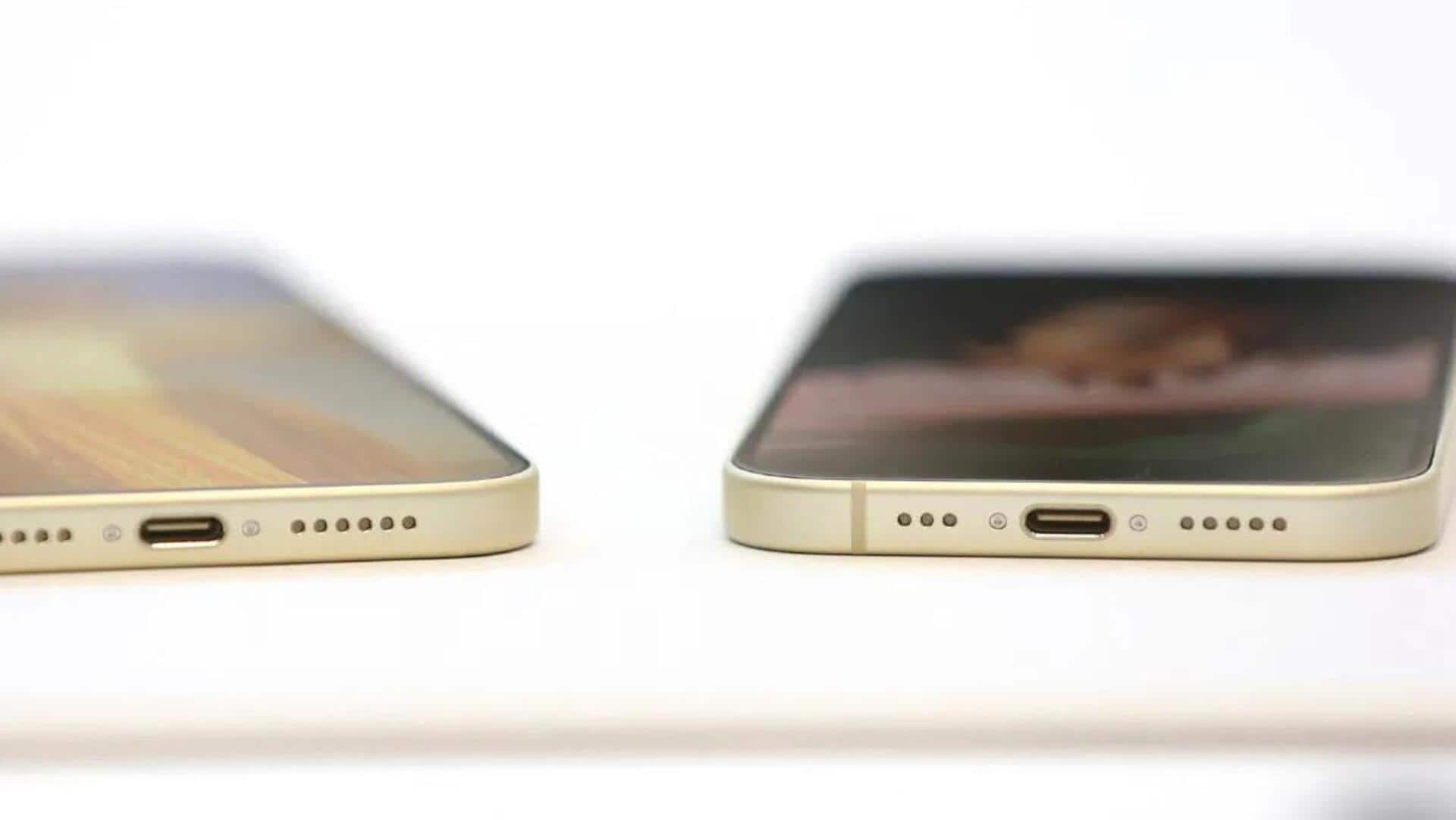
Apple adopting USB-C is a win for consumers: Here's why
What's the story
In response to the newly enacted 'common charger' regulations by the European Union (EU), Apple has introduced a transition from the Lightning connector to USB-C in its recently unveiled iPhone 15 series.
Android phones have been using the same Type-C charging port for years. Even Apple has been using it on its iPad and MacBook models for years now. With the new iPhones adopting the standard, it is a big win for consumers.
Details
Minor inconvenience initially, but long-term benefits outweigh
The USB Type-C port is available in the iPhone 15 series, AirPods, and other devices launched at Apple's Wonderlust event on Tuesday.
Existing users may face initial challenges as they will need to purchase new cables. However, the long-term advantages of USB-C are expected to outweigh these temporary inconveniences.
What Next?
USB-C adoption enhances convenience, reduces e-waste
Type-C ports allow for easy cable connection with their reversible design and enables faster data transfer.
Notably, Type-C cables are more affordable than Lightning ones, saving you money.
This transition is especially convenient for Android users switching to iPhones or anyone already using Type-C cables.
Moreover, it's better for the environment. The European Commission estimates that using a common charger will cut down on 11,000 tons of e-waste in Europe every year.
Insights
Navigating the USB-C cable marketplace
While the switch to USB-C brings numerous benefits, not all Type-C cables are created equal.
Users may experience confusion when selecting the appropriate cable for their devices.
It is essential to research and choose high-quality cables to ensure optimal performance and compatibility with the new iPhone 15 series and other USB-C devices.